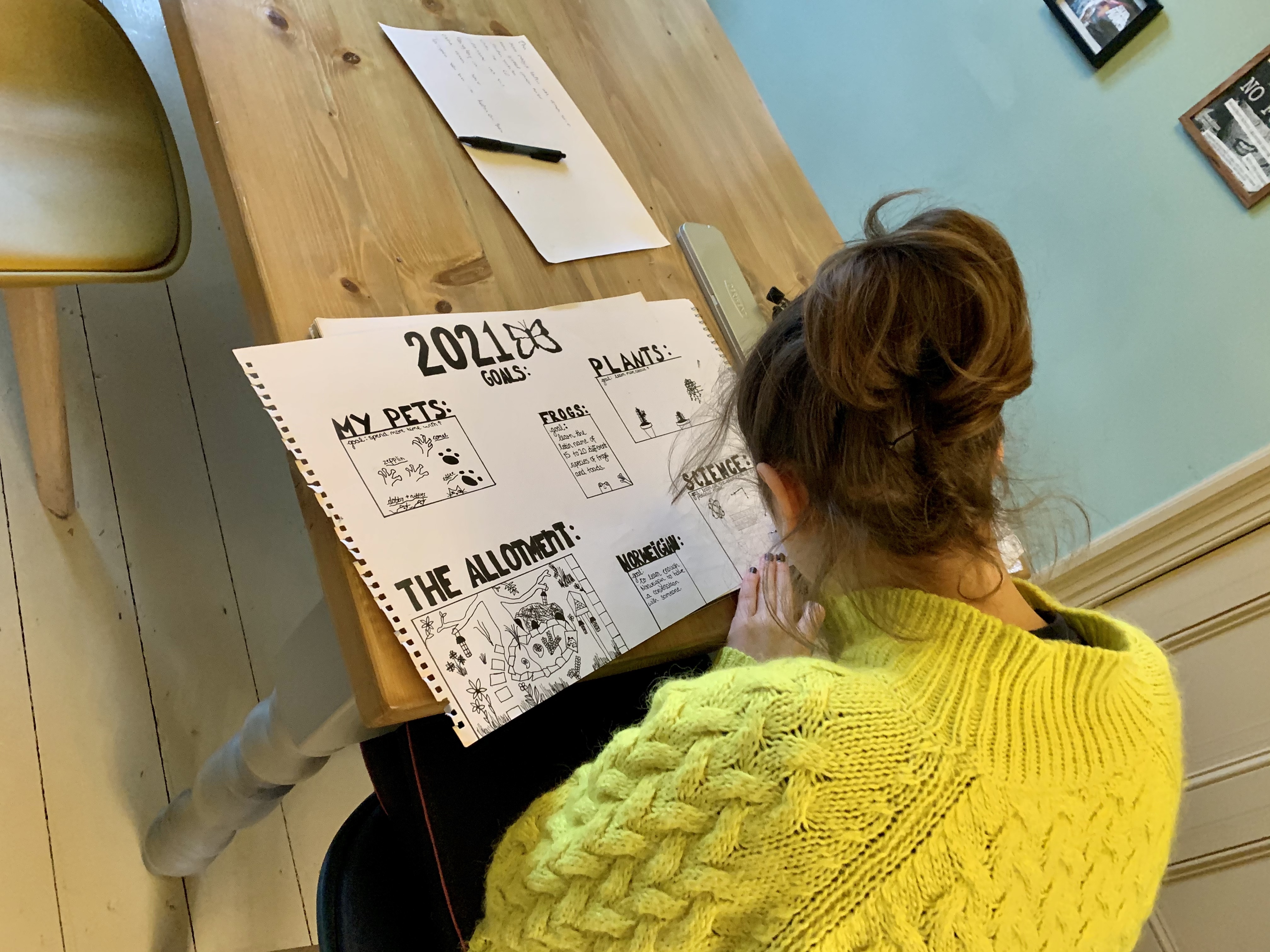
Creating a sense of direction – the art of goals
Setting goals is a key part of coaching – imagining and articulating the destination, where we want to get to, is an essential stage in making change happen. In fact, in the popular GROW model of coaching, setting the goal is the first step – the G of GROW. We decide on the destination (Goal), before we take stock of where we are now (Reality), develop ideas and possibilities about the route from A to B (Options) before finally deciding on our course and making a detailed plan (Will).
Why goals are helpful?
There’s lots of research as to why goals are helpful in creating change:
- They can be motivating – knowing where you’re heading, having imagined and articulated success generate a sense of purpose; a key ingredient in motivation. Also having clear measures of success means we are clear when we’ve achieved a goal, and have a sense of satisfaction.
- Having a clear sense of where you want to be, especially if it’s exciting and a bit ‘stretching’, is proven to improve performance (see Locke’s Theory).
- If you’re part of a team, having common goals means you’re all pulling in the same direction – like a train – as opposed to heading off in different directions – like a octopus.
How to create useful and motivating goals?
There’s an art to creating useful goals – the ExACT framework is one I typically use in coaching – ensuring a goal is measurable, challenging, time-based. It’s similar to the SMART objectives model that’s widely used in workplaces, but with a few important shifts of emphasis. Using a framework like ExACT helps us avoid the common mistakes of creating negative or nebulous goals – and ensures we personally find it exciting, and therefore motivating.
Goals can be written down, or sketched – but they need to be short and memorable. I like to capture mine simply – either as a table of 3-5 goals or a sketch. Currently I’ve sketched my annual goals for 2021 and have a simple table of my 3 month goals at any time – both are stuck on my office wall where I can easily see them. ‘Explicit’ means we’re more likely to have them ‘in mind’ when making decisions and therefore they are more likely to happen.
Avoid focussing on the wrong things
Equally important is to choose a goal that’s within your control – we can’t control whether we ‘secure £50K from Trusts and Foundations before end March’, but we could set a goal around ‘submitting high quality grant applications to Trusts and Foundations totalling £50K before end March’ (NB. as a former fundraiser I’d advise applying for significantly more finds than you want to secure, but that’s a bit beside the point).
And just as important when setting a goal is to focus on the outcome not the process – otherwise we risk chasing after the wrong thing. Fans of The Wire will recall what happens when the Baltimore Police leadership focus solely on numbers of arrests; it skews policework and how crime is reported, but does nothing to improve levels of crime on the streets. We need to measure what matters: the goal is probably about job satisfaction or work/life balance not ‘getting a new job’.
And, whilst ‘nailing down’ some good clear goals is always a useful process, it’s important not to get to wedded to them; goals can change as we move towards them, it’s often an iterative process.
But don’t get too hung up up goals – keep things fuzzy or revisit and revise goals if that helps you
I recently came across the concept of ‘fuzzy goals’; the notion that a sense of direction rather than a precise destination can be a useful way to proceed when the way ahead is unchartered. Having a general direction of travel, but being open to opportunities along the way, resonated with how I like to walk in the hills – I have a plan when I set off but I’ll adjust it according to the weather, my energy levels, whether I spot a nice detour, the pace we’re travelling at etc. So starting with a destination in mind, but keeping checking that’s still where you want to head given what you’re discovering en route, is another way to set goals.
The Road Map exercise can be a good place to start planning your goals, and those key milestones along the way.
Of course, goals don’t just happen – we need ideas, plans, reviews and effort – but goals are a great place to start if we want to move forward.
Recent Comments